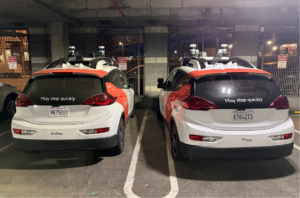Cruise, the self-driving car subsidiary of General Motors, said it is recalling 950 of its driverless vehicles in response to an incident in October in which one of the robot taxis ran over a pedestrian.
The company-initiated recall comes in the form of an over-the-air software update for the collision detection system. The upgrade must ensure that the vehicle remains stationary during certain crash events and does not drift to the side of the road.
In early October, a driver of a regular car in San Francisco hit a pedestrian who threw himself in front of a nearby cruiser. The driverless car then attempted to veer off the road, dragging the pedestrian 20 feet and seriously injuring him.
In the recall notice, Cruise acknowledges that in certain situations, attempting to swerve to the side of the road is “not a desirable post-crash response.” Cruise’s automated driving system inaccurately characterized the collision as a side collision and told the car to try to swerve out of traffic, pulling the person forward instead of staying still.
“With the new update, Cruise AV would have remained in place during the October 2nd incident,” the company adds.
Cruise noted that the crash response evaluation, which took three weeks, found that “a collision involving the risk of serious injury may occur with the collision detection subsystem every 10 to 100 million miles on average.”
In response to the crash, the California Department of Motor Vehicles suspended Cruise’s license to operate its vehicles in the state. The department also accused the company of withholding video of the incident that showed its vehicle dragging a pedestrian onto the curb. Cruise denied the allegation, saying he showed the agency the entire video.
Source: The Verge

